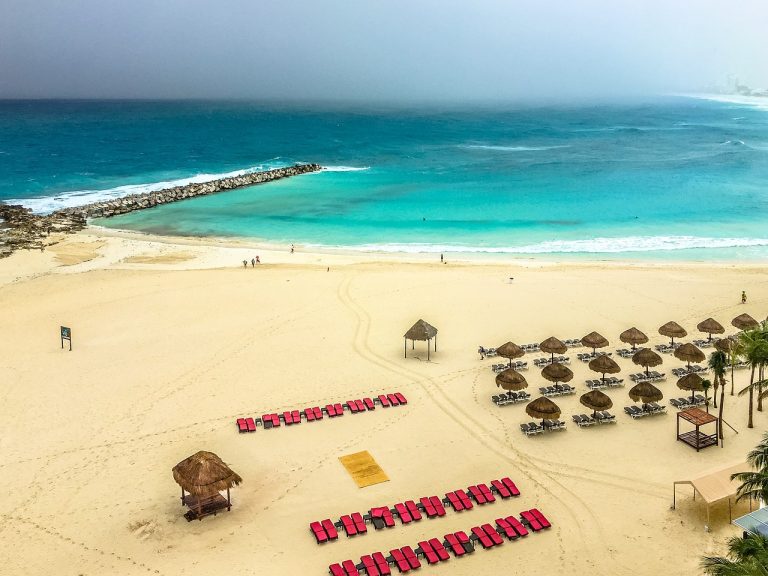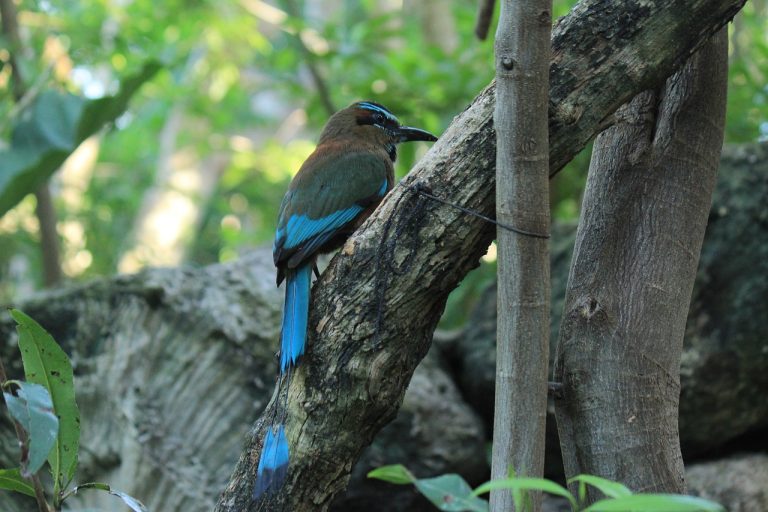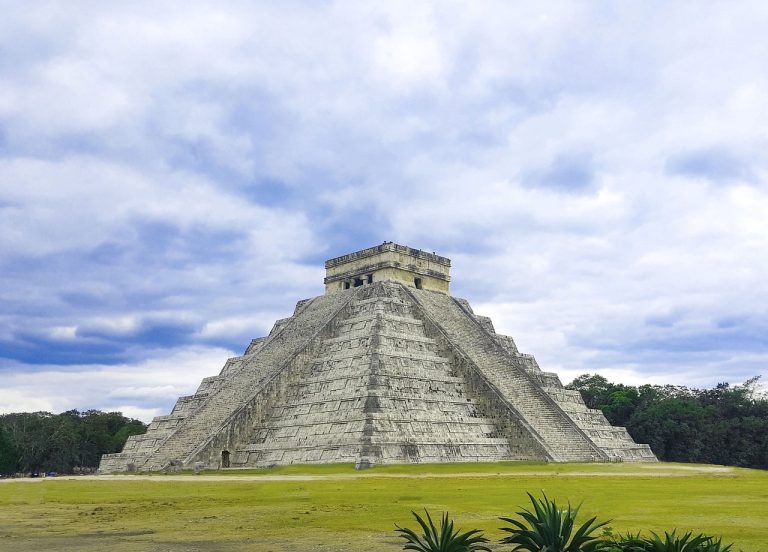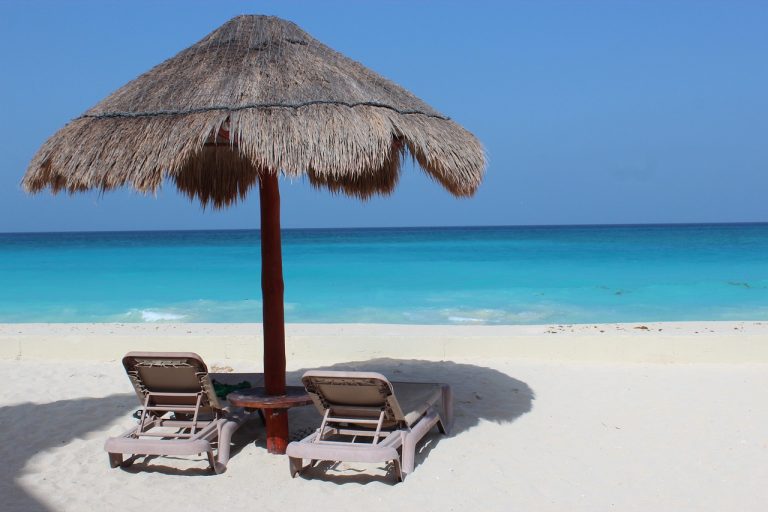Cancún Mexico Video
Local Myths and Legends of Cancún Mexico
Cancún, Mexico, known for its stunning beaches and vibrant nightlife, is also a place rich in folklore and legends. The local myths and legends of Cancún offer a glimpse into the history and culture of the region, showcasing the beliefs and traditions of the Mayan people who once inhabited the area. In this article, we will explore ten fascinating myths and legends that have been passed down through generations in Cancún.
The Legend of Xcaret
- Xcaret Underwater Caves: According to legend, Xcaret, an ancient Mayan city, was engulfed by a powerful hurricane. The city sank beneath the waves, but its spirit remained, guarding the secrets hidden within its underwater caves.
- Mayan Ceremonies: It is said that the Mayans performed sacred ceremonies in the underwater caves of Xcaret to honor the gods and seek their blessings. These rituals were believed to connect the spiritual realm with the physical world.
- Modern-Day Xcaret: Today, Xcaret is a popular eco-archaeological park where visitors can explore the remains of the ancient city and witness traditional Mayan ceremonies.
Cancún Mexico Image 1: 
The Tale of the Chac Mool
- Chac Mool Statues: Chac Mool statues, depicting a reclining figure with a bowl on its stomach, are found throughout the Yucatan Peninsula. The statues are believed to represent the rain god, Chac.
- The Offering: According to legend, the Chac Mool statues were used as an offering to the gods. The bowl on the statue’s stomach was filled with sacrificial items, such as food or precious objects, to appease the gods and ensure abundant rainfall.
- Powerful Guardians: It is said that the Chac Mool statues serve as guardians, protecting the sacred sites where they are placed. They are believed to possess mystical powers and offer blessings to those who approach them with respect.
The Curse of the Coba Ruins
- Hidden Treasures: The Coba Ruins, an ancient Mayan city, are rumored to be cursed. According to the legend, anyone who disturbs the ruins in search of hidden treasures will be plagued with misfortune.
- Lost City: The Coba Ruins were once a thriving city, but they were abandoned and reclaimed by the jungle. Many believe that the curse is a protective measure to preserve the ancient site.
- Respecting the Ruins: Visitors are advised to show respect when exploring the Coba Ruins and refrain from taking anything from the site. It is believed that those who respect the ruins will be met with awe-inspiring beauty and a sense of tranquility.
Cancún Mexico Image 2: 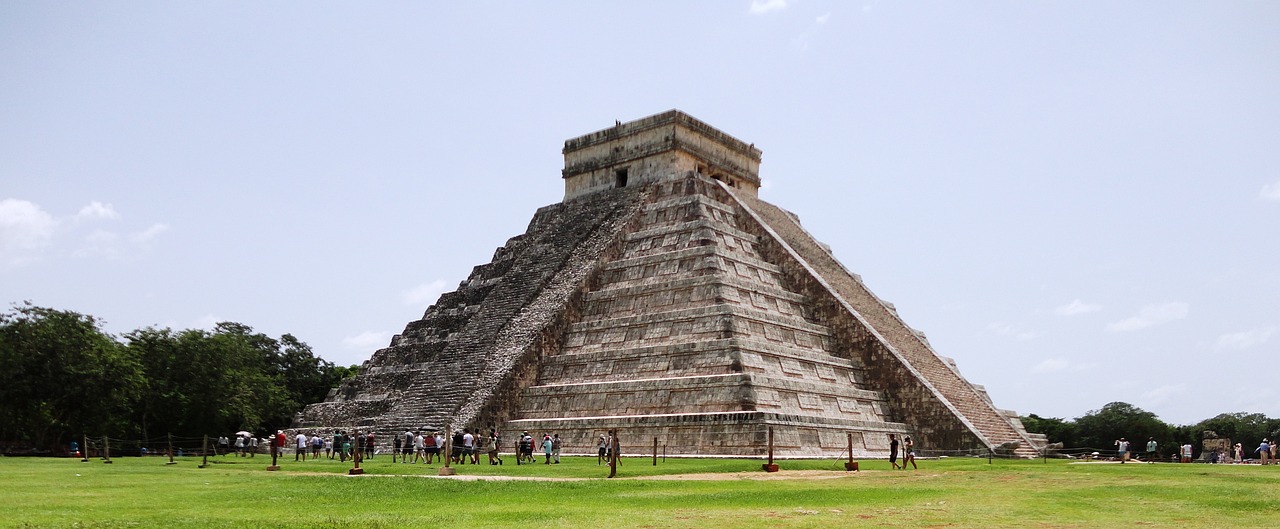
The Legend of the Aluxes
- Mischievous Spirits: Aluxes are mischievous spirits in Mayan folklore. They are believed to be small, elf-like creatures that inhabit the forests, caves, and ancient ruins of the Yucatan Peninsula.
- Protectors of Nature: While the aluxes can be mischievous, they are also seen as protectors of nature. They are known to guard sacred sites and warn people of impending danger.
- Offerings to Aluxes: Many locals make offerings to the aluxes, such as food, flowers, or small trinkets, to appease them and gain their favor. It is believed that showing respect to the aluxes will bring good luck and fortune.
The Legend of the Ixchel Goddess
- Goddess of Fertility: Ixchel is the Mayan goddess of fertility, healing, and the moon. She is often depicted as a young woman wearing a headdress adorned with a crescent moon.
- Healing Powers: According to legend, Ixchel possesses powerful healing abilities. She is said to have taught the Mayans the art of medicine and herbology, passing down her knowledge to healers and shamans.
- Sacred Pilgrimage: Many people visit the island of Cozumel, where the Temple of Ixchel once stood, to pay homage to the goddess and seek her blessings for fertility, healing, and overall well-being.
The Tale of the Ceiba Tree
- Symbol of Life: The ceiba tree is considered sacred in Mayan mythology and is often referred to as the “tree of life.” It is believed to connect the underworld, the earthly realm, and the heavens.
- Mayan Creation Myth: According to the Mayan creation myth, the ceiba tree served as the axis mundi, the center of the world, connecting the different realms of existence.
- Spiritual Significance: The ceiba tree is revered for its spiritual significance. It is often found near ancient Mayan ruins and is believed to be a gateway to the spiritual realm.
Cancún Mexico Image 3: 
The Legend of the Xaman-Ha Cenote
- The Sacred Cenote: The Xaman-Ha Cenote is a natural sinkhole located near Playa del Carmen. It is believed to be a sacred site where the Mayans performed rituals and sacrifices.
- Offerings to the Gods: According to legend, the Mayans offered valuable objects, such as gold, jade, and even human sacrifices, to the gods in the Xaman-Ha Cenote. It was believed to be a gateway to the underworld.
- Exploring the Cenote: Today, visitors can explore the Xaman-Ha Cenote and witness the stunning natural beauty of the underwater cave. It serves as a reminder of the ancient rituals and beliefs of the Mayan civilization.
The Tale of the Jaguar Warriors
- Fierce Warriors: The Jaguar Warriors were elite warriors in the ancient Mayan civilization. They were known for their exceptional fighting skills and their distinctive jaguar-themed attire.
- Symbol of Power: The jaguar was considered a sacred animal in Mayan culture and symbolized power and strength. The Jaguar Warriors were believed to possess the spirit of the jaguar, making them formidable in battle.
- Protectors of the Mayan Empire: The Jaguar Warriors played a crucial role in protecting the Mayan empire from external threats. They were highly respected and feared by their enemies.
The Legend of the Sacred Cenote
- The Sacred Well of Chichén Itzá: The Sacred Cenote, located in the ancient city of Chichén Itzá, was a site of great religious significance for the Mayans. It was believed to be a portal to the gods.
- Human Sacrifices: According to historical accounts, the Mayans conducted human sacrifices in the Sacred Cenote. Individuals, often prisoners of war, were thrown into the cenote as an offering to the gods.
- Archaeological Discoveries: Archaeological excavations have revealed numerous artifacts and human remains in the Sacred Cenote, providing valuable insights into the religious practices of the Mayans.
The Tale of the Yucatan Peninsula
- Origin of the Name: The name “Yucatan” is derived from the Mayan word “Yokatlán,” which means “place of richness” or “land of the yuca root.” The yuca root was a staple food for the Mayans.
- Mayan Civilization: The Yucatan Peninsula was once the heartland of the ancient Mayan civilization. It was home to numerous magnificent cities, such as Chichén Itzá, Tulum, and Uxmal.
- Rich Cultural Heritage: The Yucatan Peninsula is known for its rich cultural heritage, which can be seen in its architecture, art, cuisine, and traditional practices that have been passed down through generations.
Conclusion
The local myths and legends of Cancún Mexico offer a fascinating glimpse into the history, beliefs, and traditions of the Mayan people. From underwater cities and sacred cenotes to mystical spirits and powerful deities, these tales weave a rich tapestry of folklore that continues to captivate both locals and visitors alike. Exploring these myths and legends adds an extra layer of depth to the already enchanting destination of Cancún, allowing us to connect with the ancient past and appreciate the cultural heritage of this vibrant region.
References
– petitpalace.co.uk
– mayanruins.net
– cozumelinsider.com
– mexicocaribbean.com
– visitmexico.com



